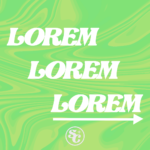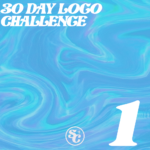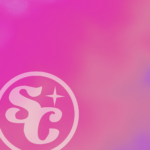
For our first project of semester 2, we were tasked with creating a social media campaign, the purpose of this was to put our work out there and gain interaction with our work from the public and possible future employers. There were many different aspects to take into consideration during the project such as what posts to create to reach different audiences, how to effectively network to build connections over the platform, and finding other ways to maximize traffic to my page.
Platform
We were given a choice of appropriate platforms to use for our campaign, I decided to use Instagram as mine for a couple of reasons. Firstly it was the platform I was most comfortable with prior to the project and had used the most often, I was already interacting with a handful of design-related accounts on there through my personal Instagram so I knew it was a useful platform to help designers grow. Through a combination of online research and my own knowledge, I figured “visually driven” social networking sites like Instagram would make the most sense as each individual profile provides the perfect layout for image-based content, which is the entirety of what I’d be producing as a graphic designer. Also with one of the main goals of the project being to drive more traffic toward my website portfolio, the ability to display my website link on my profile was very convenient in doing so.
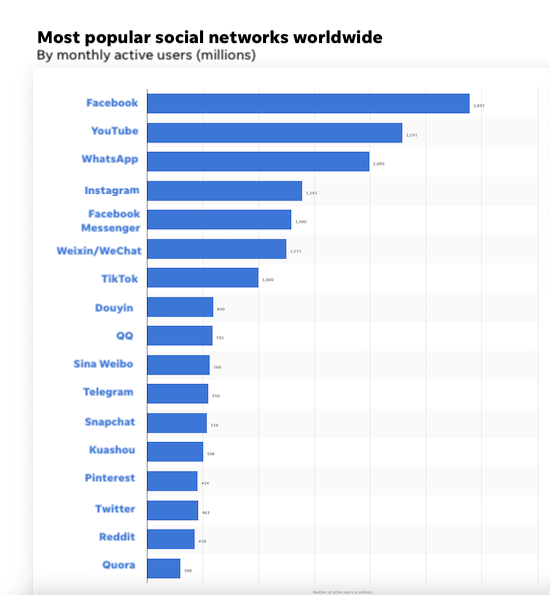
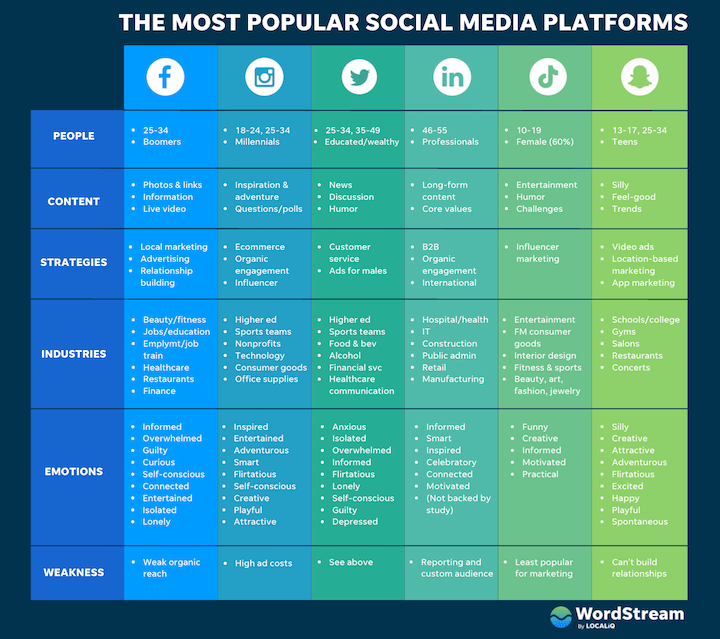
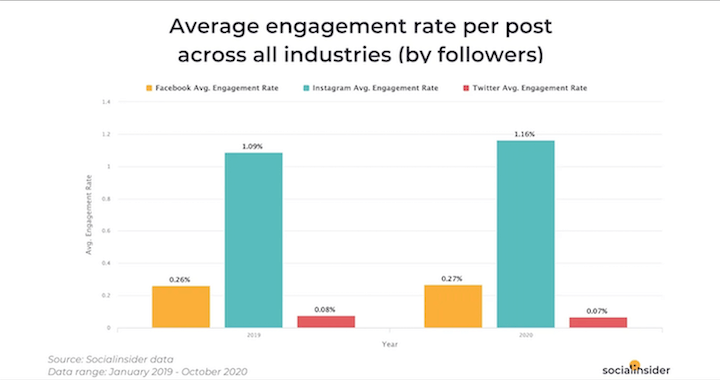
Further research I conducted increased my confidence in making Instagram my platform of choice. As shown on the left Instagram is the 4th most popular form of social media as of this year, despite being 4th it is still the most popular form that would suit the content I would be uploading. Facebook has been known to dominate the social media scene for a while now, continuously coming out on top when it comes to popularity. However this still wouldn’t be the right platform for me because as seen below, Facebook’s demographic is “Boomers” which is the older generation that would not be in the target audience for my sort of content. Although it is known to succeed in local marketing and advertising for businesses, I would be starting from scratch so the ‘organic engagement’ would be useful to me as building up a following is one of my main priorities going into this project. The bottom left graph further supports this as it shows Instagram has an almost 1% advantage to Facebook when it comes to organic growth. The two other more popular platforms, YouTube and WhatsApp, would have no relevance to my content as they are solely video content and private messaging platforms.
With my prior knowledge of Instagram, I knew the best way to gain exposure (especially as a smaller page) is to jump on hashtag trends. These are the best way to gain exposure to the demographic I actually want to see the posts I’m creating. For example take a design challenge that has a specific hashtag linked to it, people entering the challenge will scroll through other posts with the hashtag either for inspiration or to check out what the competition looks like. Either way, the people (who would be fellow designers) would be gaining exposure to those posts if not interacting with them. I searched for popular design related hashtag trends/challenges and came across two pages responsible for some, @logocore and @briefclub. The LogoCore hashtag was #30daylogochallenge, on their website you could sign up to the challenge which would email you a fake client brief everyday for a month which would ask for different logos for a range of companies. This is one I instantly knew I was going to hop on as not only was it a popular challenge, but it also provided me with loads of content to produce and post which was helpful as I had no planned posts at the time. The other challenge stemmed from a page called @briefclub, where every week they would post a made-up brief on their Instagram page for their followers to have a go at. It was a similar concept to LogoCore’s challenge, but I was quick to realise that the Brief Club community was much more active in general. The official account, as well as their followers, would repost submissions they liked the look of in order to help drive more traffic to the pages of those who submitted designs. The briefs also allowed more creativity as they would ask for extra assets other than just a logo for their briefs, meaning followers could present poster and packaging designs etc. on their profiles.
Strategy & Planning
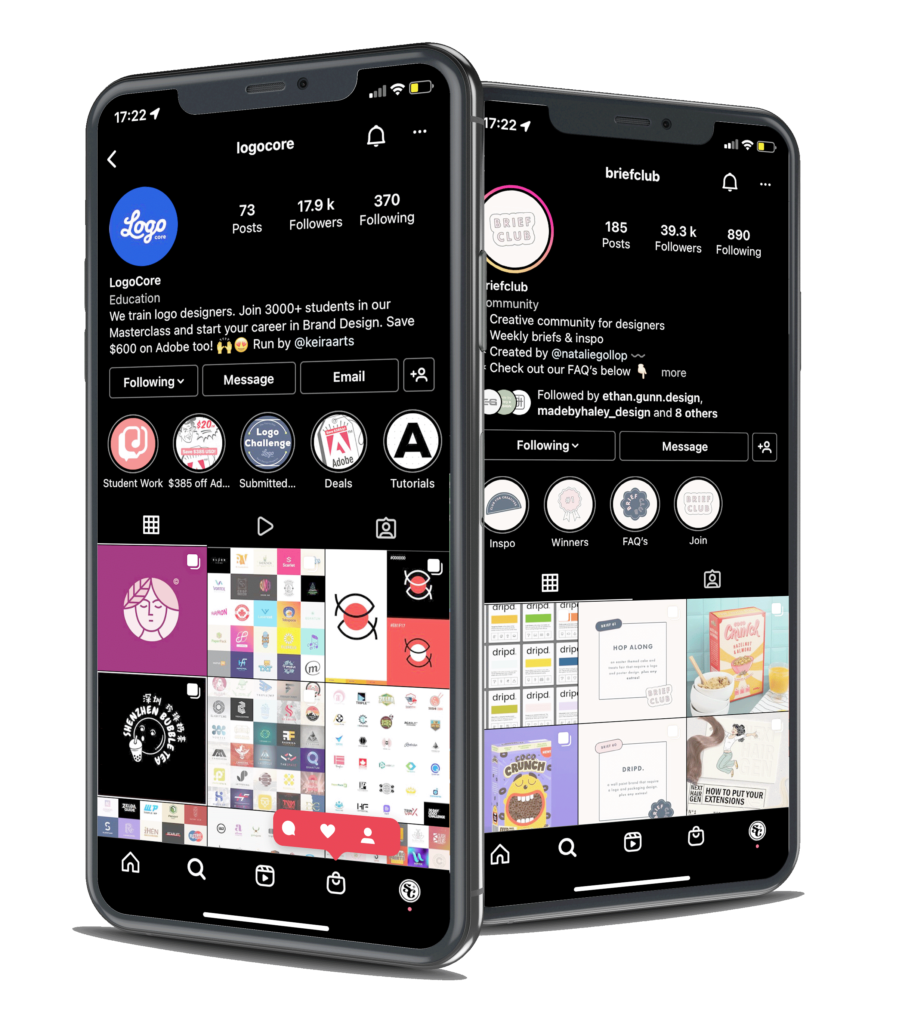
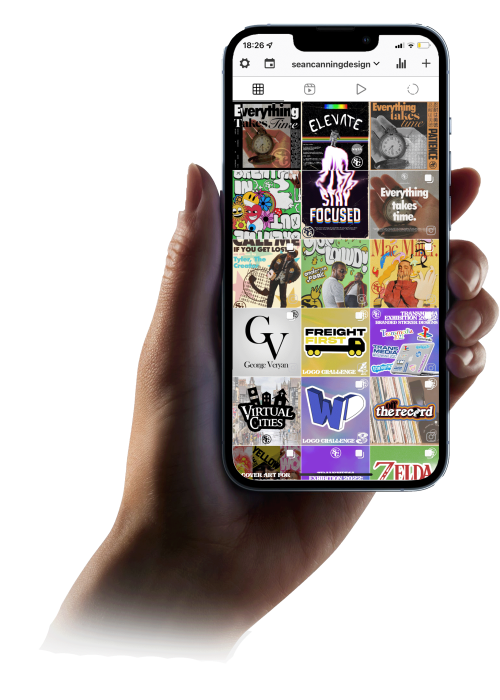
Although I had a good idea of what my first few posts were going to consist of, it was important to keep planning ahead as I didn’t want my feed to appear too messy or unorganised. I knew I wanted bright and bold to be the main vibe my profile would portray (initially), so I created a handful of bright textured templates to post different types of work on despite only ending up using them for a couple of posts.
Using the Preview app I was able to arrange my prepared posts into an order that found visually appealing and portrayed the image I wanted the @seancanningdesign brand to give off. I wanted my profile to show viewers that there is a lot going on with my work in terms of colour choice and actual content variation itself, but not to the point where it became too messy/unorganised.
Another thing I needed to take into consideration whilst planning was what time and days to upload my content, however research on different websites gave me contrasting information and also I noticed that some of my followers were from different time zones meaning that there wasn’t any specific times that would allow all of my followers to see certain posts. So I decided I would experiment with uploading at different times and days and see what ones worked best for my target audience’s engagement.
Development& Results
My first few posts were either LogoCore or Brief Club challenge posts (with a couple of exceptions), considering I was just starting out I was contempt with how my posts were performing. My post which I created for a ‘Bagel Shack’ Brief Club brief was my best performing piece which gained 40 likes compared to the 20-25 likes I was averaging on my other posts with similar content. I believe this was a combination of gaining exposure from the hashtags and also it was my best designed logo branding in my opinion, I enjoyed the brief so I took more time and care over it.
However after a couple of weeks I noticed my interaction with my posts began to plateau, my reach per post was stuck between 60-80 accounts and averaging around 20 likes. It was at this moment I realised I was limiting myself by solely posting logo-related content, designers in my target demographic can appreciate a well designed logo but there is only a certain limit to my creativity that I can show in these processes, and this social media page is my opportunity to experiment with different styles to see what works. Since I first made the account, I had been following lots of different accounts posting graphic design related content as this is the content that appealed to me personally. My Instagram explore page adjusted itself over time to show me posts that I would enjoy seeing based on what I interacted with in the past, the posts that began appearing started to inspire me and help me realise that I want to try and put more focus into graphic design and poster art rather than just branding.
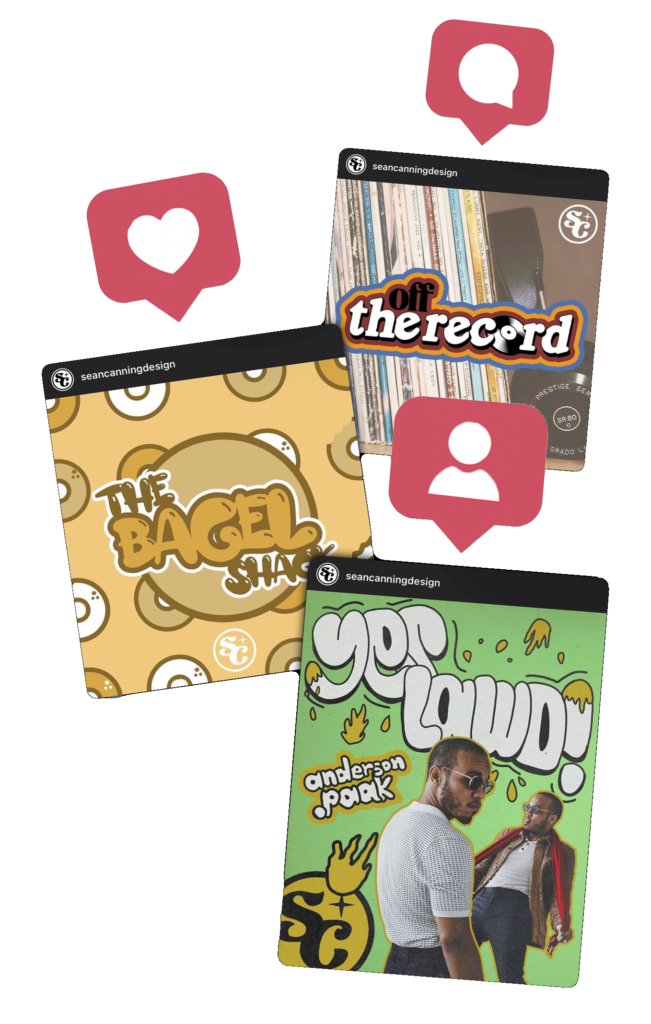
Over a couple of days I created 3 graphic design artworks/posters of some of my favourite musicians. I got my first hint that I was heading in the right direction before I had even posted them and that was the fact that I was having much more fun creating them compared to most of my previous posts. When I was ready I posted my first design which was met with very positive responses from my peers as well as other design accounts on Instagram. After a couple of days it had became my second liked post on my page, so keeping with the little momentum I had gained I posted my second piece. I was overwhelmed with the response this one was met with, I was getting likes much more frequently than I had seen on any other post, which eventually came to 84 (as of 13/4) which is over double what my previous most liked post was. The insights showed that it had a reach of over 300 people (250% more than my previous average posts), 17 accounts had “saved” the post and I also saw other design accounts were commenting positive feedback and some reposting it to their stories. After gaining a 20% increase in followers from that post alone, I knew that this was definitely the best way for my account to maximise it’s growth.
I began to delve deeper into the graphic design scene I was appealing to in order to find inspiration for future posts and also what the popular hashtags are in the community. I found the hashtag #grqphiclounge which is used amongst popular yet niche style of design that appealed to me personally and one that I wanted to try and incorporate into some future posts. I took inspiration from accounts in this community whose work really appealed to me such as @ceocroc, @manasseto and @ronotagain
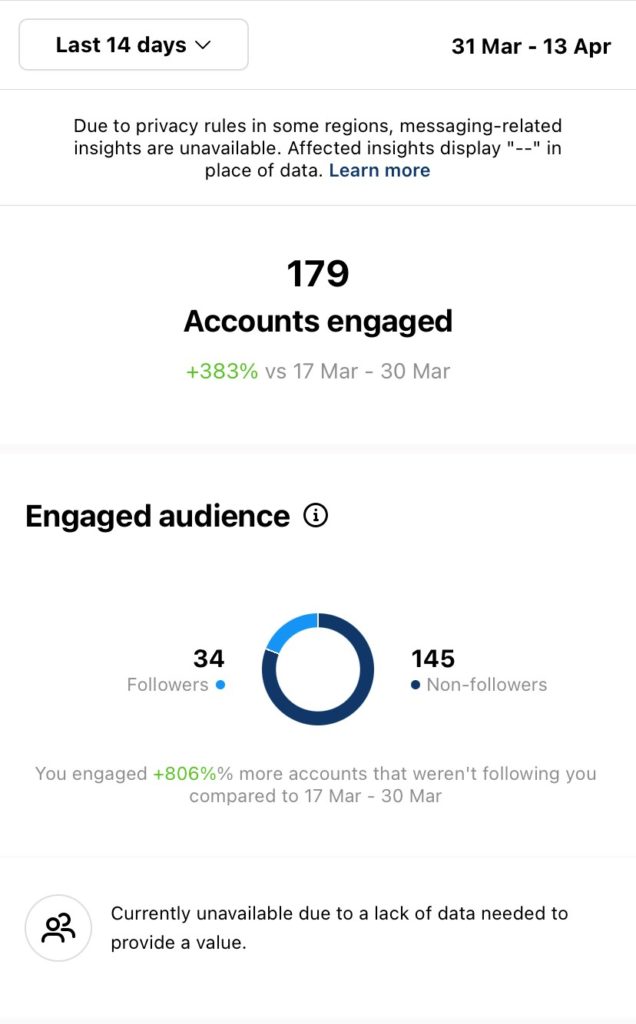
In the 14 days that I began posting these sorts of designs and altering some of the hashtags I was using on the posts, compared to the week before my insights showed me:
– a +331% increase in accounts that reached my page
– a +383% increase of accounts engaging with my content (likes, comments, shares etc.) with an increase of 806% when it came to non-followers
– a +416% increase in total amount of content interactions across my page
These statistics for me showed that I definitely took a step in the right direction when it came to interacting more with design communities and seeing what type of content people enjoy interacting with.
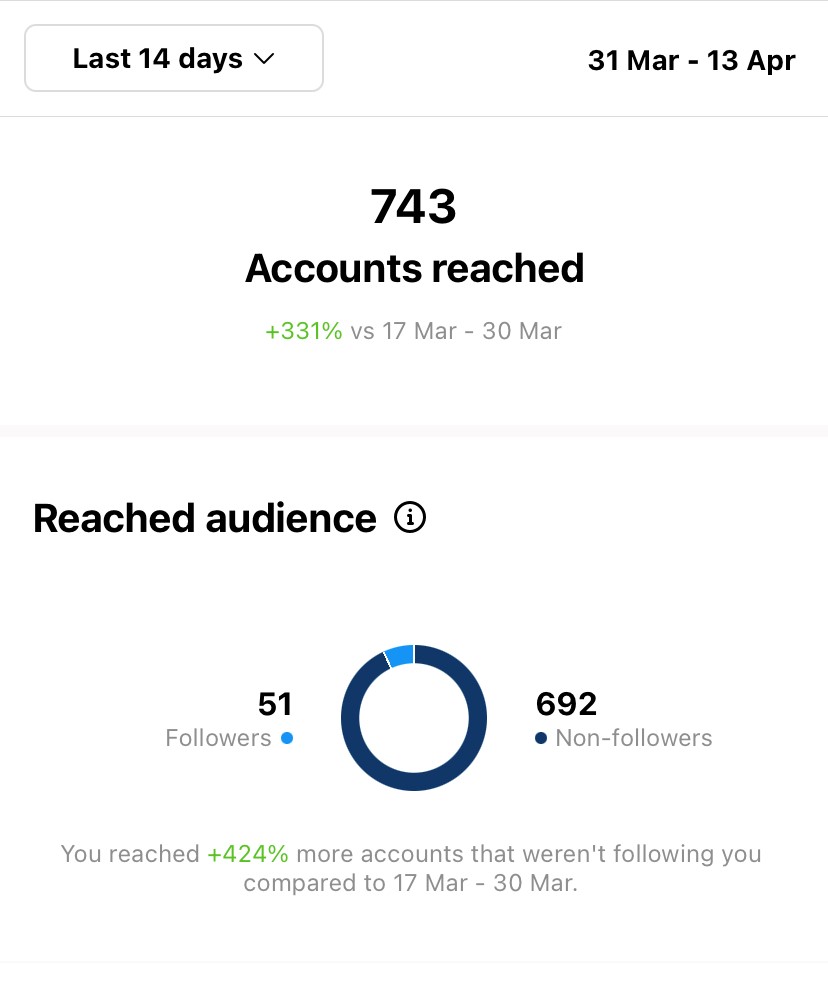
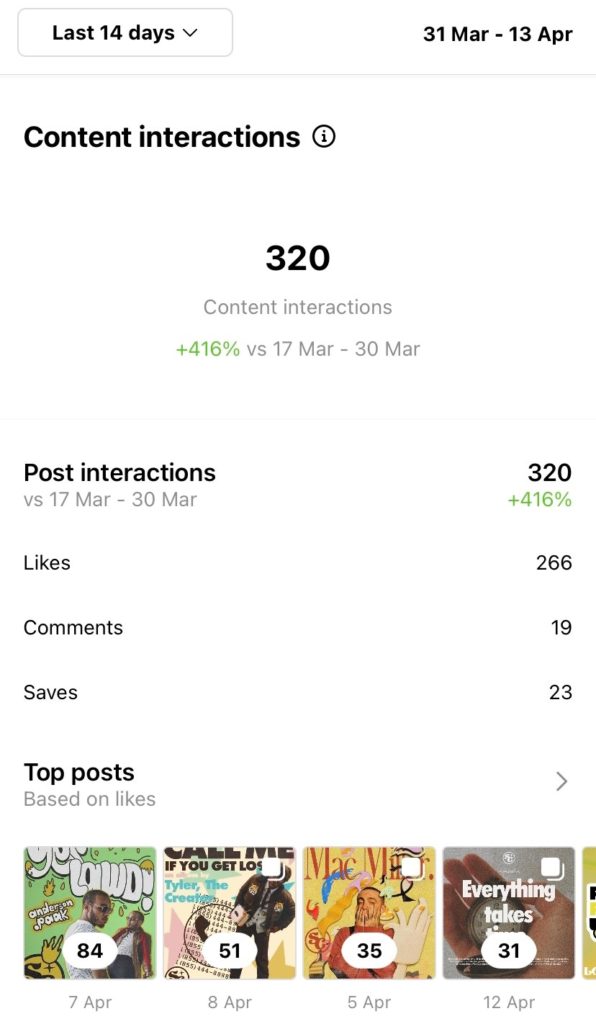
Reactions
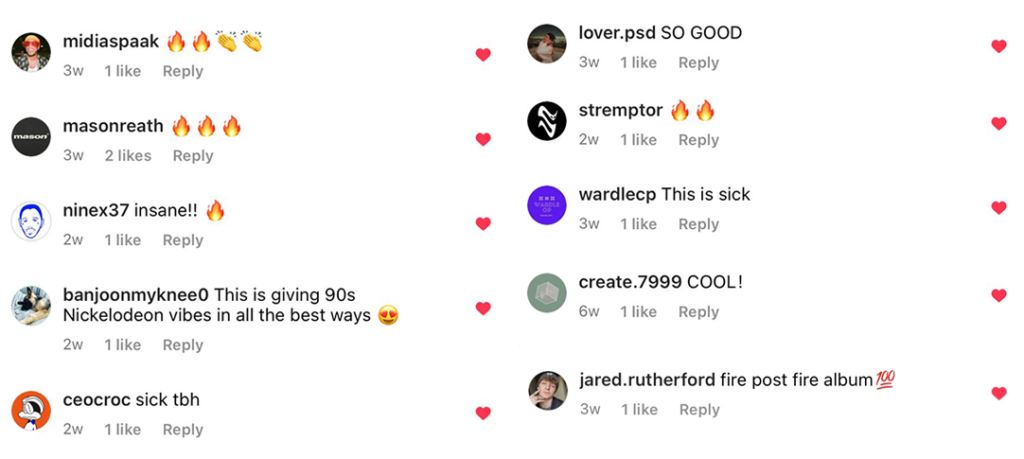
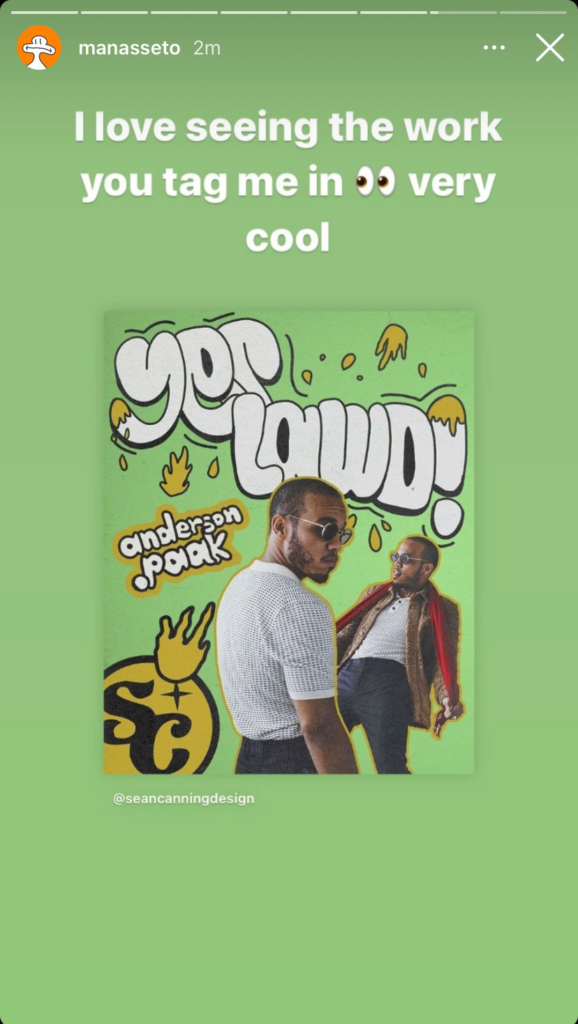
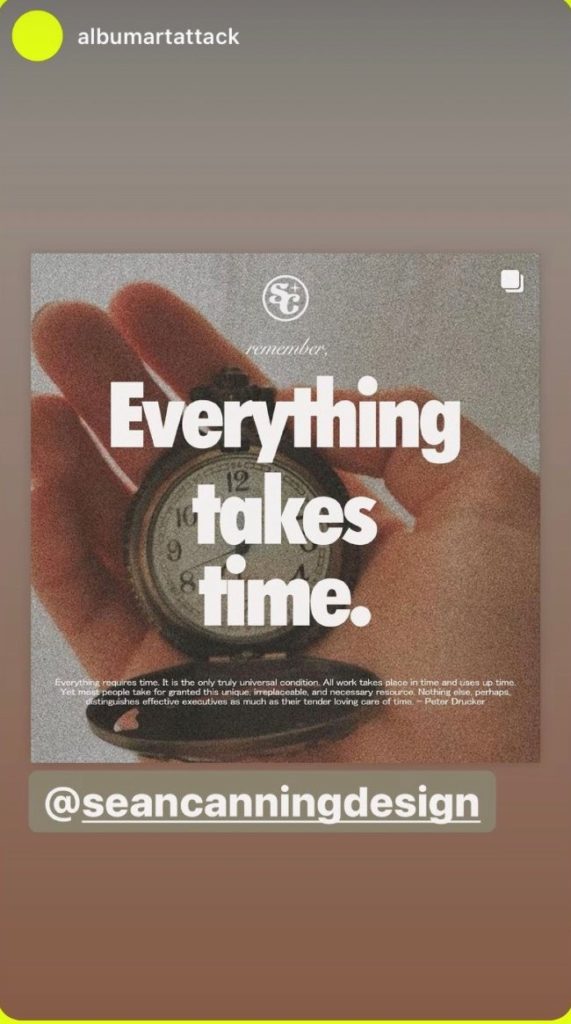
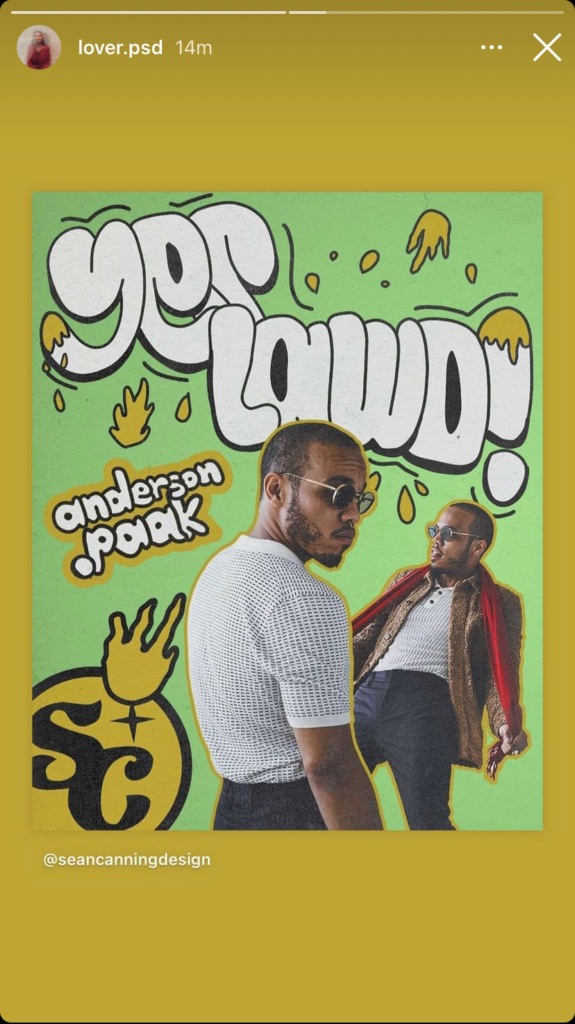
SDG 17
Over the course of the project it was also important to take the 17th sustainable development goal into consideration: ‘Strengthen the means of implementation and revitalize the global partnership for sustainable development’. This encourages people to strengthen relationships and increase levels of positivity in specific communities/industries. To do this I created interactions inside the design communities which I did through messaging other content creators, leaving comments on posts and resharing ones I liked to my story. I also worked with my fellow coursemate Ethan on a joint post, this supports the goal as we collaborated together to create content to share with the community.
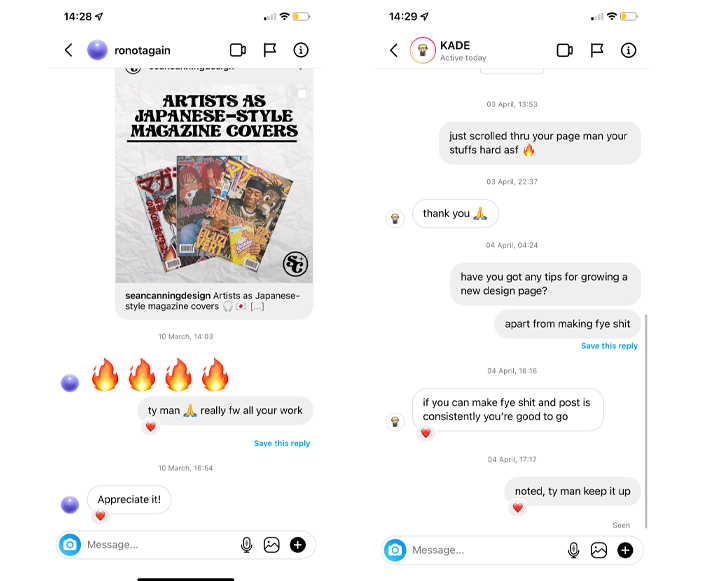
As well as Instagram, I also made use of LinkedIn as part of the social media project. I created a couple of posts for my page to redirect people towards my Instagram portfolio as that’s where I preferred uploading my content as I felt more comfortable doing so and it’s also where gained more interactions from my target audience. These posts gained over 200 impressions which shows it was an effective way of driving traffic towards my portfolio. I was able to create over 20 connections which is a good start to expanding my network, I also followed and interacted with design pages on the platform ranging from local companies such as Thursday and The Canopy Studio to larger companies such as Creative Review, Design Week and Pentagram. I also made use of my profile by uploading my CV on there for any possible employers to view.

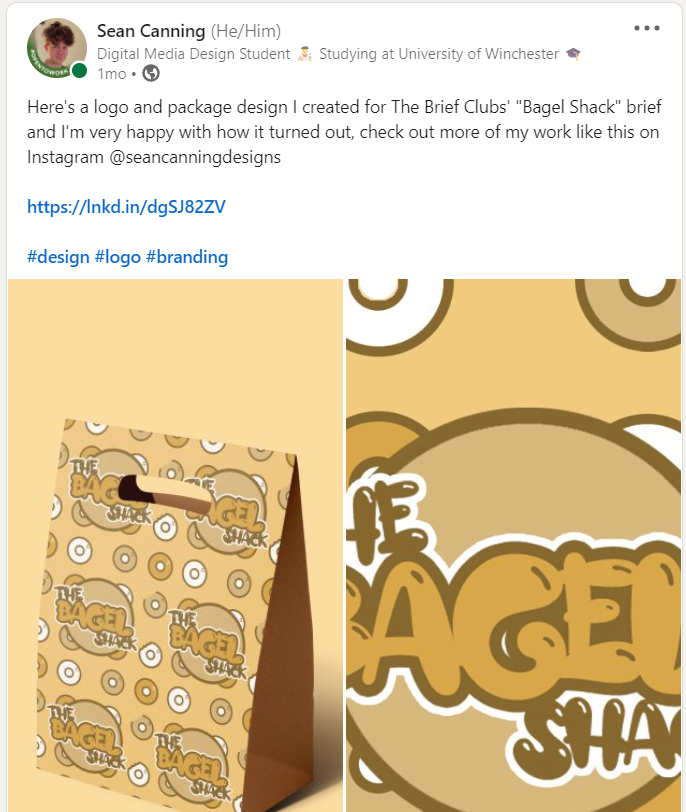
Reflection
Overall I am pleased with the turnout of my social media project and the journey I took through it. I was able to overcome the interaction plateau I faced when I felt like I was simply creating content for the sake of it, and made calculated improvements to build my social media portfolio whilst also having fun creating the content. I am pleased with the interactions I was able to create in the graphic design community, including creating conversations with those I took inspiration from as well as the reposting of my content from popular accounts. Moving forward I will continue to research and create graphic design content, create more connections and hopefully see further success in my social media journey.

